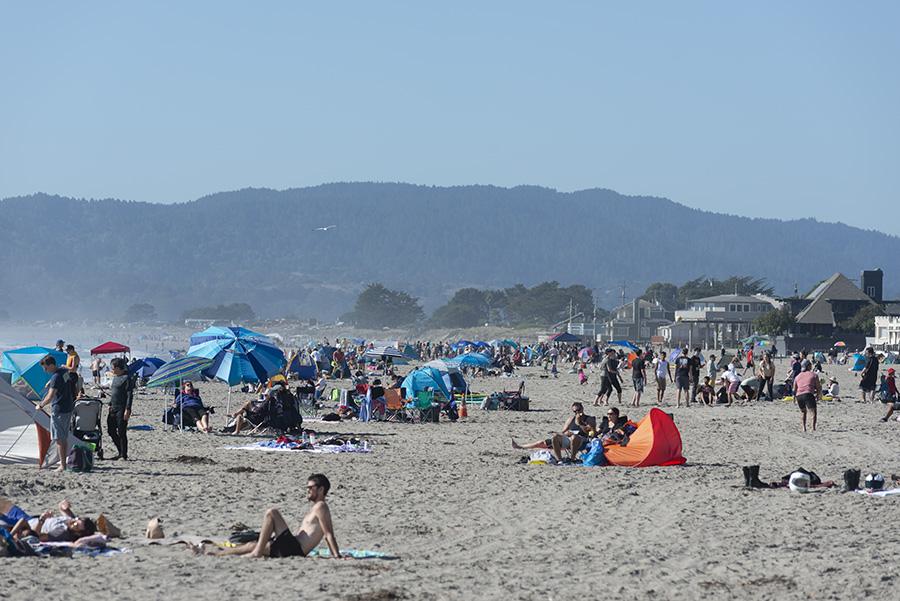It was another chaotic afternoon in Stinson Beach on Saturday. Traffic on Shoreline Highway moved at a snail’s pace, the neighborhoods were crammed . . .
Visitation levels peak in Stinson


It was another chaotic afternoon in Stinson Beach on Saturday. Traffic on Shoreline Highway moved at a snail’s pace, the neighborhoods were crammed . . .